The Spiral Staircase (1946)
Directed by: Robert Siodmak
Written by: Ethel Lina White, Mel Dinelli
Starring: Dorothy McGuire, Ethel Barrymore, George Brent, Kent Smith
USA
AVAILABLE ON BLU-RAY [REGION ‘A’ ONLY] AND DVD
RUNNING TIME: 83 mins
REVIEWED BY: Dr Lenera, Official HCF Critic
In a small village in 1906 Vermont, a disabled woman staying at an inn is murdered in her room by a man hiding in the closet; her murder is the third in a string of serial killings in the community. Meanwhile mute Helen arrives for work at the Warren home, a large estate outside town where she’s employed as a live-in companion for the bedridden Mrs. Warren. However, somebody seems to be watching Helen from afar, and housekeeper Mrs Oates expresses fear for Helen as the killer appears to be targeting “defenseless” women, while Mrs Warren wants her to leave. In the midst of a rainstorm, the constable stops by and warns Mrs. Warren’s stepson Albert to keep watch over Helen.…
This year I haven’t had time to do my usual ‘five films for Halloween’ from my collection, but I wanted to try to give myself a few hours to watch and review this vintage gem which has always managed to pass me by [many years ago I even recorded it off the TV twice and on both occasions taped over it by accident before I had time to watch it] until now, where I’ve treated myself to Kino-Lorber’s Region ‘A’ Blu-ray of the film. I expect that Arrow or Eureka will now announce that they’re going to release it on Region ‘B’ now that I’ve forked out slightly extra for importing it, but never mind. While I was aware of some of its influence on later films, I pretty much expected a film noir with perhaps some darker than usual elements, but what I got was a wonderfully atmospheric Gothic murder mystery full of those things that us lovers of the Gothic never tire of like creaking doors, blowing curtains, flickering candles and whistling winds, along with certain elements that could be considered virtually proto-slasher or giallo – we even adopt the point of view of the killer on a few occasions. If you can trace slash and giallo back to Blood And Black Lace in 1964, and then to 1960’s Psycho and Peeping Tom, then you can pretty much follow it back to this minor classic too. I’m actually quite surprised that the BBC used to show it during the day, though I guess that some of the Basil Rathbone Sherlock Holmes’s they used to often show were as much borderline horror [I remember being quite frightened by The Scarlet Claw as a littlun].
It was based on a novel by Ethel Lina White entitled Some Must Watch from 1933. The famous independent producer David O. Selznick purchased the rights to the book and intended for Ingrid Bergman to star which would have brought back memories of Gaslight, but he sold the rights to the project, along with several others he owned, to RKO, partly in order to help finance Duel in the Sun which was going way over budget. Under the terms of the sale, Selznick was given a back end cut of the film’s earnings, and subsequently gave star Dorothy McGuire a car as a bonus for appearing in the film. Joan Crawford campaigned for the role before it was given to the lesser known McGuire. First-time screenwriter Mel Dinelli wrote – with input from Dore Schary – the script, whose original working title was The Silence of Helen McCord. It was decided to change the setting from England to New England in the United States, to make Helen into a mute, and to alter or combine some characters, while the staircase featured in the script was not originally a part of White’s story, and was inspired by Mary Roberts Rinehart’s novel The Circular Staircase. Shooting was done on the RKO Studio lot in Los Angeles, California. In order to conceal the killer’s identity, director Robert Siodmak’s eyes were used for the close-up shots of the murderer watching Helen. The film was a commercial success and led to two 30 minute radio adaptations where the heroine narrated, one with McGuire playing her part again, two TV movies in 1964 and 2000, and one theatrically released remake in 1975.
The titles are over a very striking shot that immediately grabs your attention, looking down upon the staircase of the title up which a woman walks, while we can also just about see trees blowing in the wind through two windows. Then we cut to a showing in a hotel of The Kiss, though – despite what I assumed – this is not the 18 second ‘movie’ made in 1896 that caused uproar from moral guardians of the time, but a D. W. Griffith film called The Sands Of Dee which wasn’t actually made until 1912. A man and a young boy peer through the curtains at the screen while a woman plays an increasingly speeded up version of a Beethoven piano sonata on an organ. It seems ridiculous, but this is how music accompanied most early movies and it even carried on into the 1920’s. The music wafts through to an upstairs room where a young woman closes her window before the camera shows us a closet and an eye watching her, into which we zoom and adopt the person’s slightly distorted POV as he approaches the woman and strangles her [with black gloves, no less!] while she’s putting on her nightgown. While we don’t really see the act because censorship was so tight back in 1946, the scene still has impact and must have really shocked and terrified audiences of the time, along with a very artfully shot later kill where both killer and victim are in shadow but we can see the victim’s outstretched hands emerging from the blackness as she’s strangled. And I’m sure that this is the first time in which we ‘become’ a killer on screen, unless you count that brilliant moment in the 1932 Dr Jekyll And Mr Hyde where we ‘are’ Jekyll for a few seconds during his first transformation.
It seems that this particular murderer is killing disabled women, which helps us truly hate him [people automatically assume that it’s a man and it’s never suggested that it may not be]. Our heroine Helen goes to the house where she works at, and some not very used to old movies may find the romantic music too much here, though the attempt is clearly to show how this woman, somewhat lonely as a result of her condition, feels at home in nature, while the sudden change in tone as it begins to pour with rain and the killer watches and even tries to grab her [the black coat and hat plus some very similar shots having possibly influenced a certain Mario Bava film] is very well done. Helen’s hitting of the fence she walks beside as an equivalent of singing a song or something similar to help dispel her fear is a great touch. Finally Helen is inside the house, and I guess I should warn first time viewers that nothing especially exciting happens afterwards for quite some time after, and despite the stunning cinematography it does seem like we’re watching a stage play for a while, though both of these choices were probably deliberate as I doubt 1946 cinemagoers would have been able to stand much more! We do get to enjoy fine turns from some familiar faces of the time including the Bride of Frankenstein herself Elsa Lancaster as the housekeeper who likes a sneaky bottle of brandy every now and again, Ethel Barrymore as the bed-ridden Mrs Warren who may know more than she’s letting on [I thought it was a plot flaw that she isn’t a bit more vocal until a very clever suggestion at the end which puts this family in an even darker light], Sara Allgood as poor Nurse Barker who’s verbally used by her mistress, and Rhonda Fleming as secretary Blanche who once had a relationship with Mrs Warren’s son Albert and is now secretly involved with her stepson Steve. Meanwhile Helen seems to be ‘sort of’ involved with Dr Parry, though he seems to get frustrated with her inability to talk and even her seeming lack of interest in being cured in one quite intense, yet rather honest, moment. Later on, she dreams of getting married and being unable to utter the words “I do”, and we even get a killer’s POV shot where she seems to have no mouth in quite a disturbing little image.
Things take their time to heat up again, but eventually they most certainly do with some very tense moments in a cellar being especially well done, while the climactic killer vs. heroine sequence makes good use of most of the house. Some modern viewers may find that it lacks the intensity of similar sequences today, but for its time it probably worked up a lot of sweat from watchers on the edge of their seats. I should also probably warn sensitive readers that the word “cripple” is said several times, and there’s also an unpleasant moment when somebody goes to beat a dog with a stick as if it was a normal thing to do even though the fact that she fell over the animal was more because she wasn’t looking where she was going. But I cannot imagine anybody not appreciating the stunning cinematography from Nicholas Musuraca who also did such good work on some of the Val Lewton horror classics. Much of the film is shot in deep focus so that background details are as vivid as foreground ones, and from low angles so characters can be followed by deep shadows everywhere they go, while you’ll be amazed how many strange geometric compositions can be wrought from the shadows of the staircase that’s spiral. And, though maybe too prevalent for some today, Roy Webb’s score also adeptly tells the story in its own way and gives us a gorgeous theme for Helen, full of yearning, and eerie theramin for the killer.
Dorothy McGuire manages to emote very well being able to say any words, and projects the appropriate vulnerability, though perhaps she flirts with the silent movie style of acting a little too much, and of course today her character would probably be more gutsy to the point of having us less scared for her. A couple of plot elements don’t quite hold up in the clear light of day, and I have to say that the killer’s identity was pretty obvious even to this critic who’s usually crap at solving mysteries. The screenplay could have done a better job of concealing him, though it’s possible that back in 1946 his identity may have come as more of a surprise considering the way that this film was in some respects ahead of its time. I thought of Alfred Hitchcock a few times whilst watching this, especially with the prominent use of stairs and his favourite method of killing which he used in his films time and time again, but Siodmak really does do almost as good a job with The Spiral Staircase, a fine Old Dark House tale that’s certainly worth checking out for Halloween in the wee small hours if you’d rather be gently chilled than terrified out of your wits. It looks magnificent in Kino-Lorber’s Blu-ray restoration.

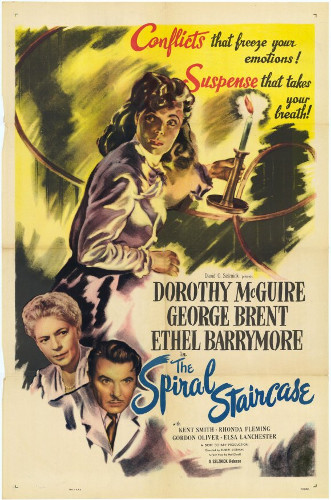
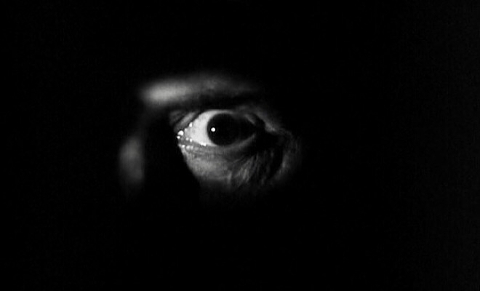
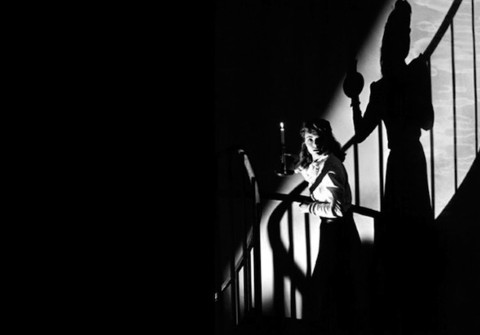



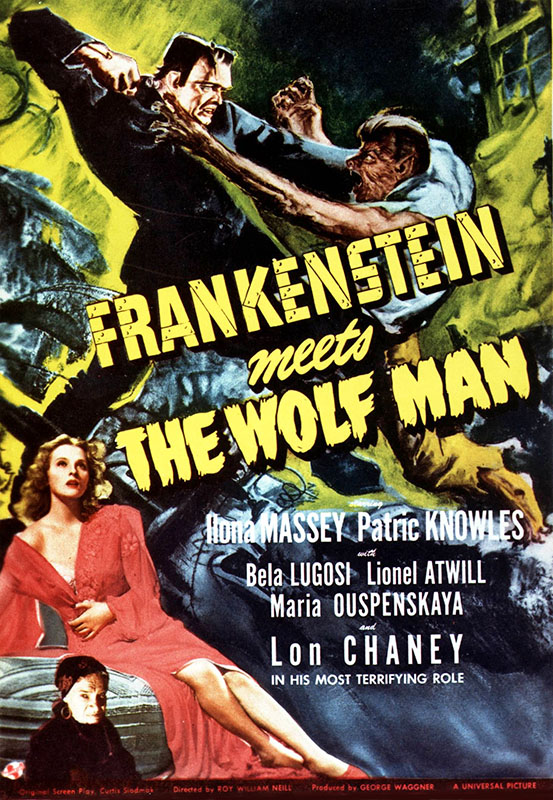
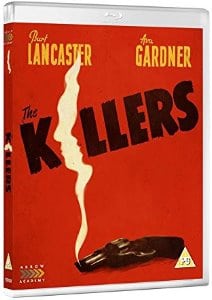
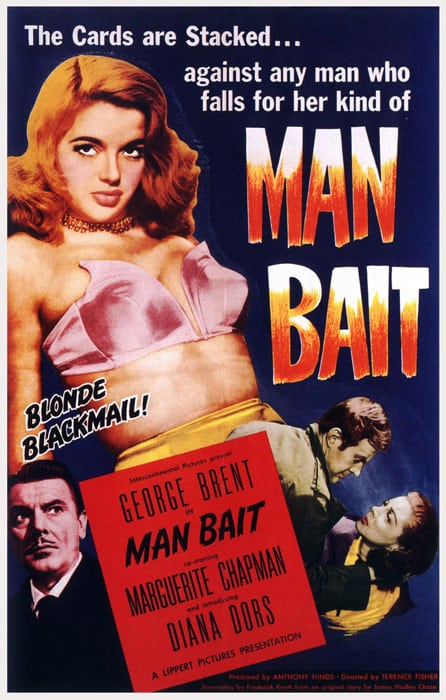
Be the first to comment